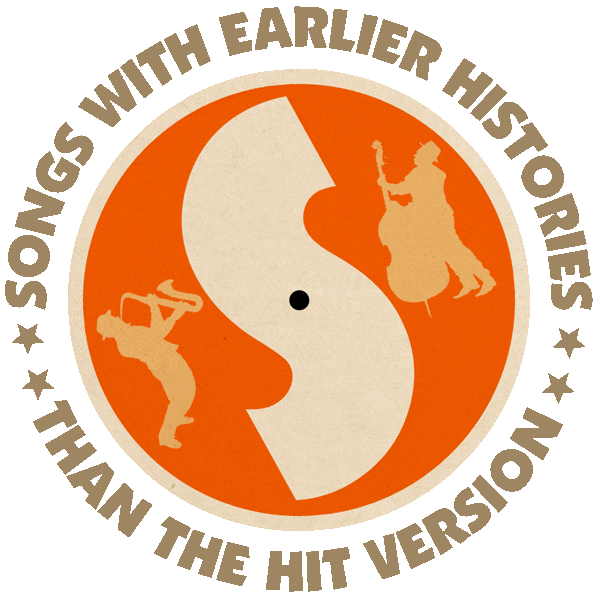First recorded (as “Mary Anne”) by Roaring Lion (1946).
Hit versions by Terry Gilkyson & The Easy Riders (US #4 1957), The Hilltoppers (US #3 1957).
From the wiki: “‘Mary Ann’ was composed by Calypso artist Roaring Lion (Raphael De Leon) and was popular with steelbands and revelers during a spontaneous Carnival celebration on V-J Day in Trinidad in 1945, at the end of World War II. From a young age, Lion had became known for his skill in creating calypsos, particularly in his ability to extemporize lyrics on any subject. His career officially began in 1924; he cut his first sides in his late teens.
“Lion recorded extensively between the 1930s and 1950s (‘If You Wanna Be Happy‘), and was one of the calypsonians who deserves the most credit for the increasing international popularity of the genre during this period. In March 1934 the Trinidadian phonograph merchant Eduardo Sa Gomes sent Lion and fellow calypsonian Attila The Hun (Raymond Quevedo) to New York to record; they became the first calypsonians to record abroad. On that trip Lion also entertained the President of the United States – President Franklin D. Roosevelt – at the Waldorf Astoria in New York. (FDR would also visit Trinidad in 1936, where he would again be entertained by Lion and Atilla.)

